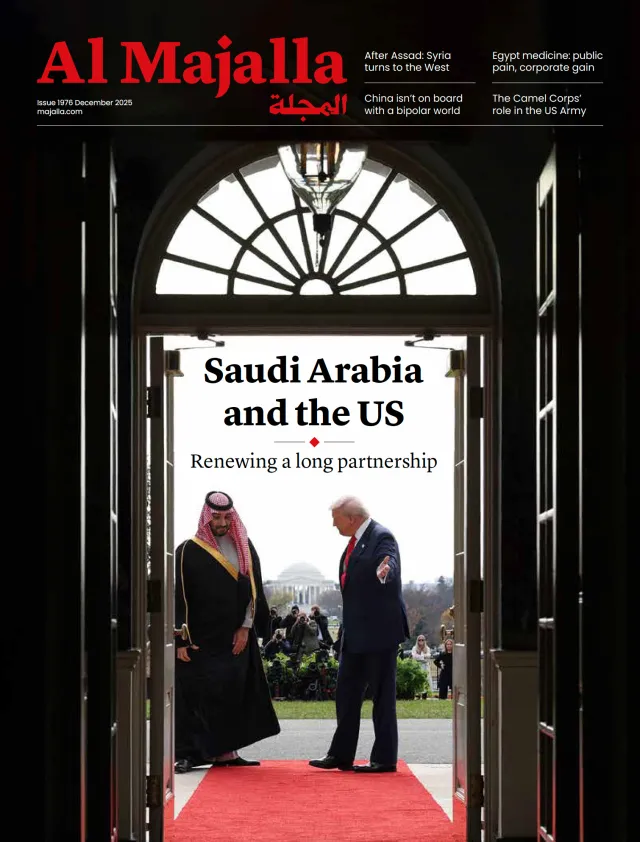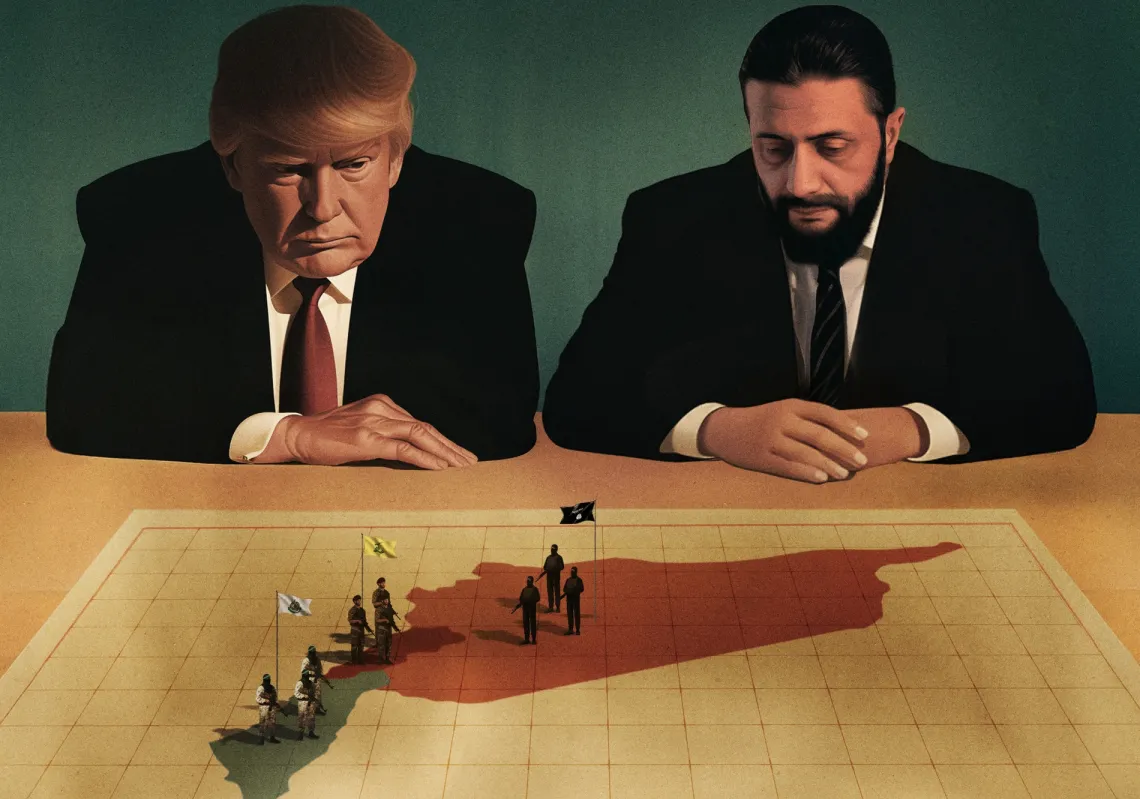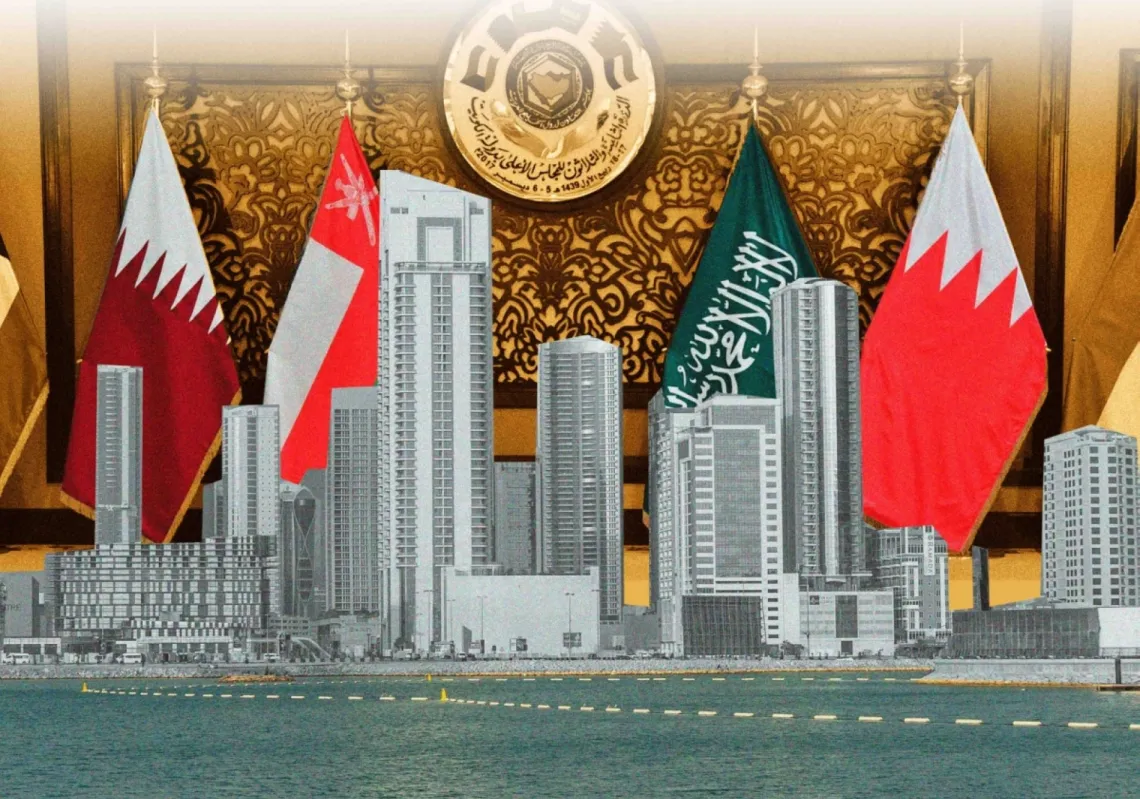 [/caption]
[/caption]
US President, Barack Obama, unveiled last week the US Department of Defense’s January 2012 defense strategy, Sustaining U.S. Global Leadership: Priorities for 21st Century Defense.
Based on the premise that economic fragility coupled with a changing global security environment, namely, the rise of China and political transition in the Middle East, call for a significant reshaping of US defense strategy, President Obama has proposed $489bn in defense cuts over the next 10 years, including a possible reduction in America’s nuclear arsenal—currently at 5,000 warheads— and a shifting of resources to the Asia Pacific.
To achieve these goals, the US will exploit “the growing capabilities of allies and partners, as demonstrated in the successful mission to protect the Libyan people,” which “create new opportunities for burden-sharing,” reduce the number of troops stationed in Europe, and halt “long-term nation-building with large military footprints.”
In a nutshell, the Obama administration hopes to foster a multi-polar world in which cooperation with America’s allies and partners is of prime importance. Yet, at the same time, American military superiority is to remain a major feature of the future global order. Interestingly, Obama’s proposed strategy suggests that he views US economic strength as the foundation of America’s strength around the world.
Partisan reactions to the new security strategy have been predictably mixed. While the Republican stance takes issue with the resultant reduction of America’s global influence and power, which a Washington Post editorial argues would “materially damage US national security, in general, conservative politicians and political analysts understand the need to cut defense spending and redouble America’s efforts in the Asia-Pacific region, which contains some of the world’s most rapidly growing economies.
Others, like former director of policy planning in the US State Department, Richard Haass, also praise the prospect of more US involvement in East Asia and the Pacific, while emphasizing that the greater Middle East needs less attention. He cites a weaker Al-Qaeda and the failure of America’s state-building efforts in countries like Iraq and Afghanistan, also noted by Barney Frank, who represents the 4th congressional district of Massachusetts, in Foreign Policy. Furthermore, if democracy takes hold in key Arab allies, an increased reliance on their ability to maintain security would be in order.
Like Haass, Frank also supports the president’s plan, but proposes even further cuts in military spending—$900bn—as a way to match US spending with its legitimate security needs. The $650bn the US spends on its military is “considerably in excess of what is required for America’s legitimate national security needs,” Frank writes in Foreign Policy.
Considering the some trillion dollars per year spent on defense related activities, an overhaul of the budget is long overdue. The prospects of increased US diplomacy and a widening scope for cooperation and partnership as called for in a growing multi-polar world hits the right notes if we are striving to achieve global peace, establish and maintain international human rights standards, and enforce fair economic relationships.
However, this so-called leaner military approach implies an increased reliance on special operations forces and unmanned aerial vehicles, or drones, an exceptionally frightening prospect to say the least. Over the course of these past three years, it has become clear that the Obama administration sanctions extra judicial killings and drone attacks, which have killed hundreds of civilians.
Before getting behind Obama’s new defense strategy, it is imperative that American politicians engage the public in a serious discussion of America’s expanding drone program, which “involves dozens of secret facilities, including two operational hubs on the East Coast, virtual Air Force cockpits in the Southwest and clandestine bases in at least six countries on two continents,” according to the Washington Post.
If more and more countries head in this direction without a proper assessment of the devastating effects of decreased human involvement in military operations, we are surely heading for a less secure world, one in which killing becomes too easy.









